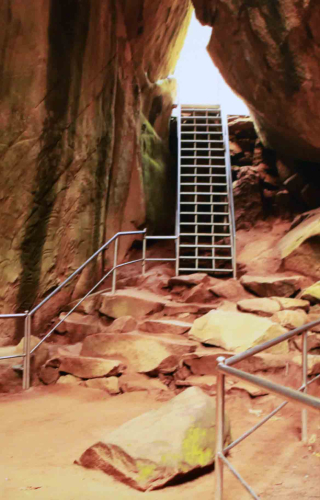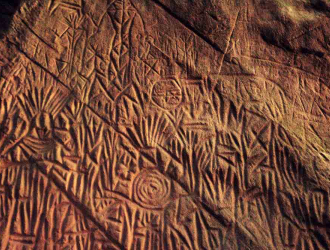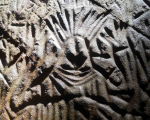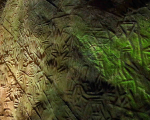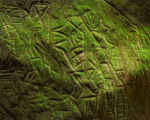Believed to be nearly 7,000 years old, Edakkal Caves are located in the Wayanad district of Kerala in India’s Western Ghat. The two natural caves were first identified as a site of anthropological and historical importance by F. Fred Fawcett, a former Superintendent of Police who served the British government in Kozhikode. It was only after the publication of Fawcett’s articles on the caves in the journal Indian Antiquary that the scholars started engaging in a sincere study of its rock engravings. Yet, no exhaustive archaeological study of the site has been done so far.
The fascinating engravings found inside the Edakkal caves dates back to the Neolithic age, indicating the settlement during the prehistoric period in southern India. The representations on the prehistoric rock shelter include human figures with elaborate headdress, geometrical signs, wheeled carts, plants, and animals like elephants, wild dogs etc. Despite the varying points of origin in time, these engravings serve as a means of cultural production, thereby facilitating our understanding of the transition undergone by society over the vast span of time.
Similarly, various exotic marks and graphic symbols linking to the megalithic pottery recovered from southern India and Sri Lanka have also been identified. The image gallery gives an overview of the above-mentioned engravings providing a glimpse into one of the world’s richest pictographic site.
